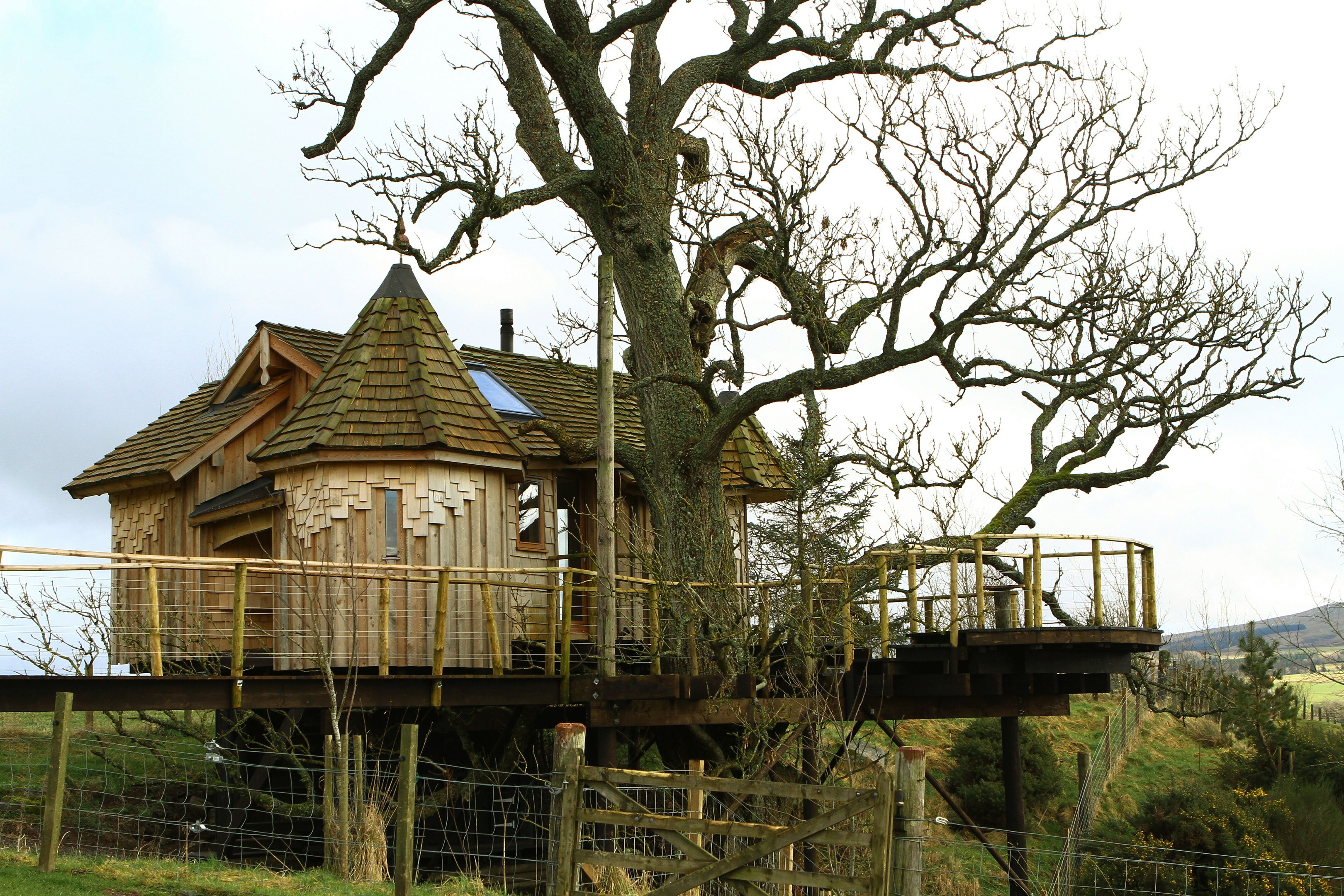As you might imagine, news that two Hobbit holes are to be built near Braco caught me right in the eye.
These will be holiday homes for persons obsessed, as am I, with the work of JRR Tolkien. Though not really a role-playing person myself, and therefore unlikely to holiday in a Hobbit hole, I imagine that many decent ratepayers will leap at the chance, and good luck to them.
A Hobbit hole, as you know, is a comfortable home with a round door leading to a tunnel that goes deep into the earth. Bilbo Baggins’s home in Hobbiton had panelled walls, polished chairs and plenty of pegs for visitors’ hats and coats.
Like many leading daydreamers, I’m attracted to the idea of living deep in the earth. Perhaps I was a mole in a previous life. It would certainly feel safe, or safer, to a man like me who is basically afraid of everything and regards life as something from which it is advisable to beat a hasty retreat.
Bilbo, you will recall, received an unexpected visit from Gandalf the wizard one day. The latter wanted him to go on a quest, which the Hobbit wisely declined, opining of adventures: “Nasty disturbing uncomfortable things! Make you late for dinner!”
Re-reading the first few pages of Tolkien’s book, I recall how I was once pestered by a company offering me a free adventure holiday as the basis for a feature, and their disbelief that I did not approve of adventures. At the time, the Hobbit link didn’t really click with me, but I see it now.
Once, asked to be candid about my appearance, a lady of the female persuasion said: “You look like something out of The Lord of the Rings, ken?”
She refused to be more specific, leaving me to ponder whether she meant Hobbits, Elves, Dwarves, Men or, heaven forfend, Orcs.
Elf was unlikely as they are tall, pretty and unbearded. Dwarf was equally as unlikely as they are small, fat and grumpy. Even Hobbit didn’t really work, as they are clean-shaven and jolly.
Even I, surely, am not so deformed as to count as an Orc, and there is no cruelty about me. So, disappointingly, I had to conclude that she meant Men, always bearded in the Tolkien books, and a bit grim and bewildered by life. Aragorn, in particular, might have fitted the spec: the Hobbits thought he looked foul but felt fair.
One of my favourite characters in the books is Beorn, a mighty man who could change into a bear. I’ve a little figurine of him before me and also, on the wall, a picture of him with a massive axe, and surrounded by little animals and birds, whom he is sworn to protect.
Nobody messes with him, so any resemblance to me is not so much coincidental as cookie but, all the same, he is my hero, a man of the North who uses his strength for good.
I also like his house, a large wooden affair surrounded by a high and thorny hedge. I had a wooden house once, and lived the independent life. However, the only animals around were sheep, and I was attacked once by a mad gull. But that is a story for another time.
